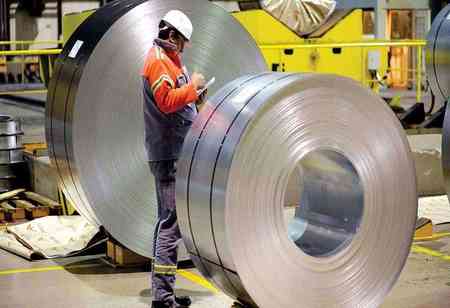The first four months of this financial year 2021-22 (April-July of FY 22), witnessed a staggering 177 per cent rise in stainless steel imports into the country as compared to last years (FY 21) average, and a 159 per cent increase from the 2016-17 average, the base year prior to imposition of CVD on China. The surge has been powered by non-WTO compliant subsidies of 20 to 30 per cent provided to their stainless-steel manufacturers by China and Indonesia, which has been proved by the Directorate General of Trade Remedies in India as well as their global counterparts.
The subsidies have created an imbalance in the Indian and international markets, and reduced the competitiveness of Indian products in the domestic industry, causing material injury and persistent financial stress for home-grown businesses. It has also forced the domestic industry to seek redressal from the concerned authorities of the government for the revocation of suspension of CVD on China and imposition of fresh CVD on Indonesia.
"Suspension of anti-subsidy duty with respect to China and interim anti-subsidy with respect to Indonesia, announced in Budget FY22, has had an adverse impact on Indian stainless-steel industry. This opening up of the market for stainless-steel-flat-products imports at dumped/subsidised prices from China, and Chinese investments in Indonesia provided rich opportunities to Chinese/Chinese-backed exporters. Investigation recommended continuing with the duty protection.
However, a sudden change was effected through the budget, and the adverse impact of these decisions have become apparent from the sudden surge in imports. As a result, Indian companies, particularly the MSMEs, have been languishing," Dr. Aruna Sharma, former secretary, Ministry of Steel said.
"China is talking about removal of subsidy, but nothing has materialised so far; once done, the China price will be non-competitive. However, China has invested in Indonesia to displace India from its No.2 position i in the overall stainless steel import basket in July 2021 had climbed to 66 per cent and those of Indonesia to 15 per cent, taking the total imports from these two countries to 81 per cent.
It is a huge jump from FY 18, the latter half (post- CVD), when China's share was just 27 per cent and Indonesia share was only 3 per cent. In volume terms, overall imports have increased from an average of 34,105 metric tons per month (MT/ month) in 2020-21 to 77,337 MT in July 2021, a huge jump of 227 per cent reflecting the sudden surge in imports because of the new developments. The increase was the result of a 457 per cent increase in Chinese imports and a 288 per cent increase from Indonesia.
While the jump in Chinese exports is understandable given the fact that it is the largest manufacturer and exporter of stainless-steel flat products in the world with surplus capacity, the sudden rise of Indonesia is alarming. In fact, there were huge capacity additions in Indonesia through Chinese investments in the past two to three years, which has changed the trading dynamics of the stainless- steel sector in the world.
Indonesia today, has around 55 lakhs tons of installed capacity, which is higher than India, and is also 25 times more than their total domestic consumption of just 2 lakh tons per annum. India therefore, provides a fertile dumping ground for Indonesian imports, more particularly because Indonesia is a part of India's free trade agreement (FTA) with the Association of South East Asian Nations.
A disaggregated study of imported products also reveals how excessive dumping has taken place in J3 grades of stainless steel in the country, which is mostly used by the micro, small and medium-sized industries in the country for making utensils. Imports of J3, a low-cost 200 series grade of stainless steel with about 1 per cent nickel and 13 per cent chromium from China, has jumped from 4,425 MT in April 2021 to 36,164 MT in July 2021, in just four months.
